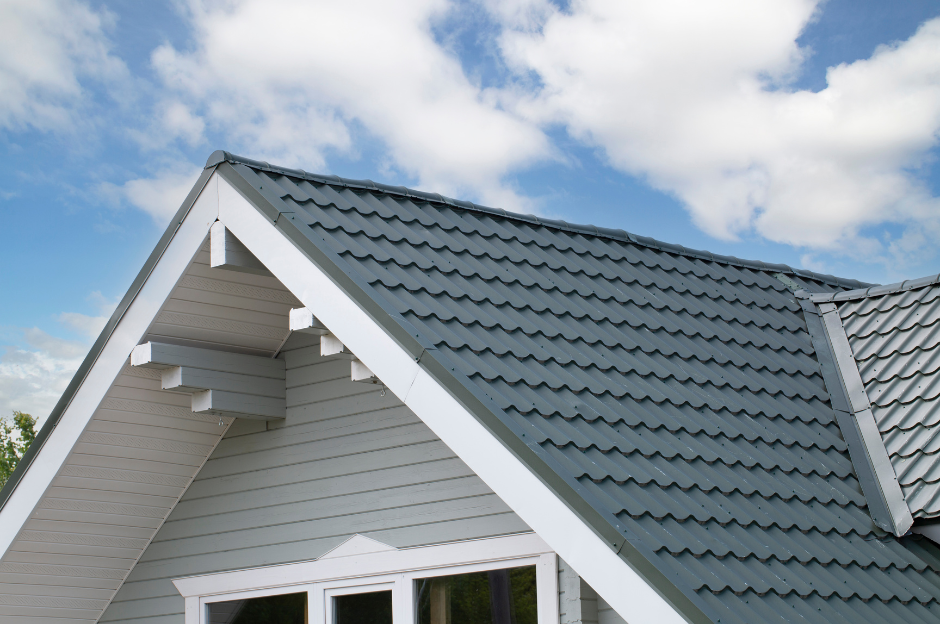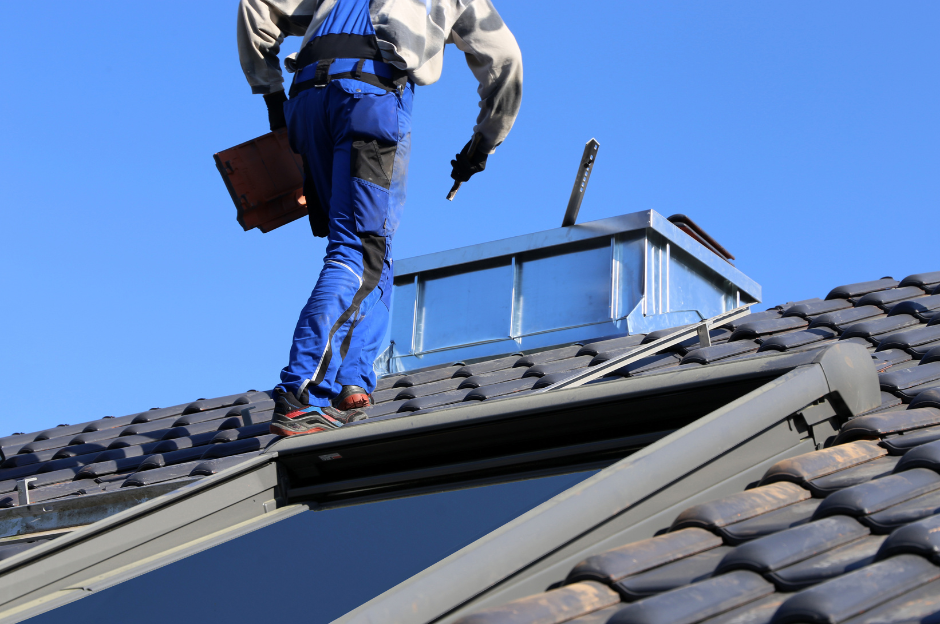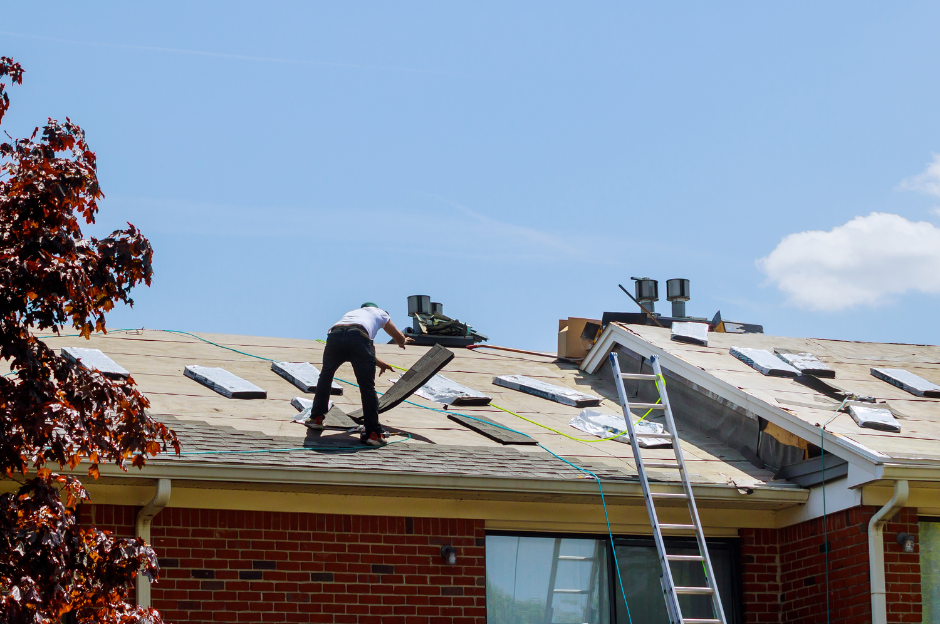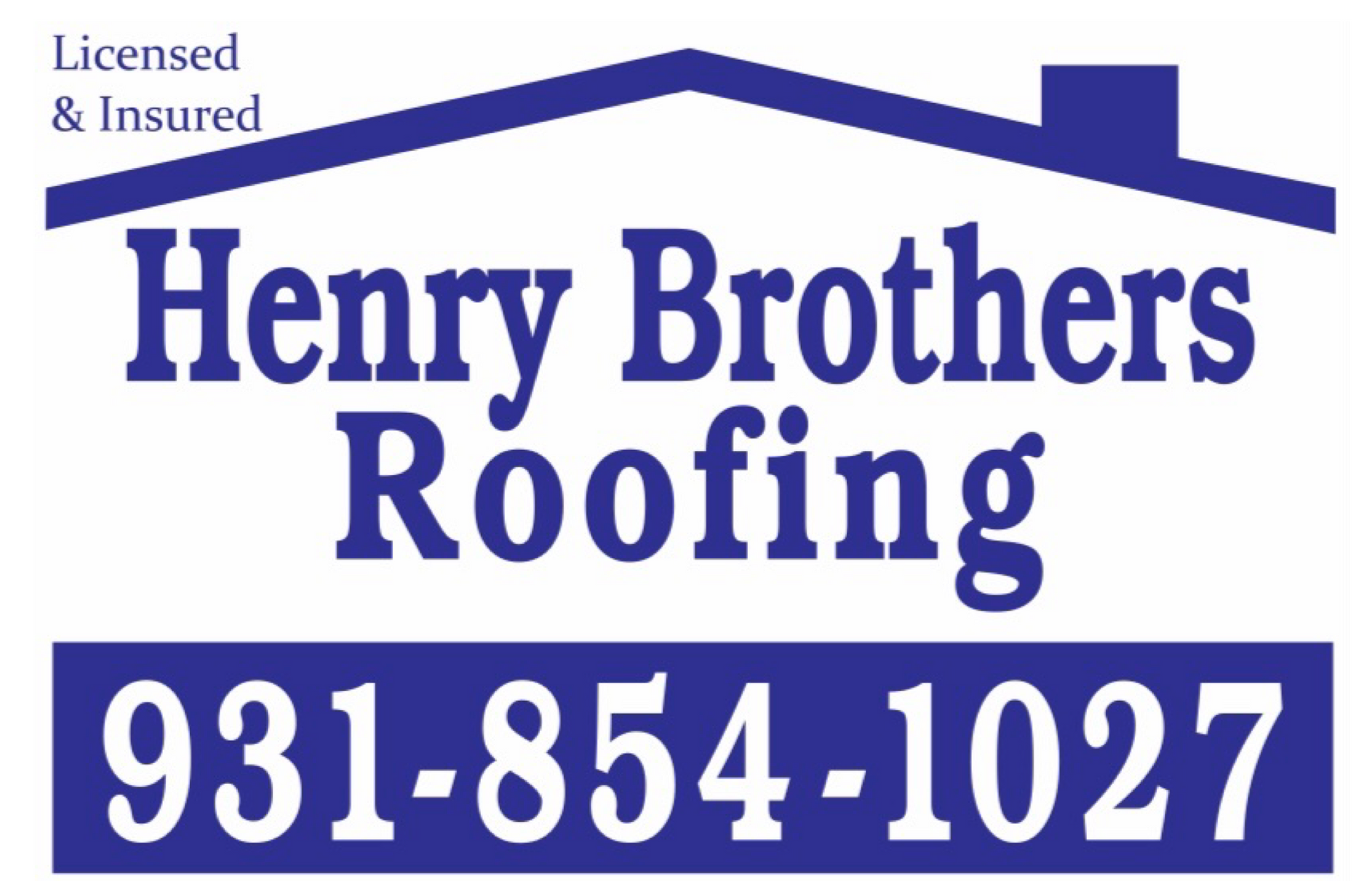Repair or Replace? Assessing the Condition of Your Roofing Solutions
February 21, 2025

Your roof is one of the most essential components of your home, providing protection against the elements and ensuring structural integrity. However, like any part of a home, it experiences wear and tear over time. Homeowners often face a critical decision: Should I repair my roof or replace it entirely?
This question can be difficult to answer, as several factors come into play, including age, damage severity, cost, and long-term durability. In this blog, we’ll explore how to assess the condition of your roof, the signs that indicate whether you need repairs or a full replacement, and what factors to consider before making a final decision.
1. Understanding the Lifespan of Your Roof
The first step in assessing whether to repair or replace your roof is understanding its expected lifespan. Different roofing materials have varying durability:
Asphalt shingles: 20–30 years
Wood shakes or shingles: 25–40 years
Metal roofing: 40–70 years
Clay or concrete tiles: 50–100 years
Slate roofing: 75–200 years
If your roof is approaching the end of its lifespan, replacing it may be the most cost-effective option. However, if it's relatively new and has minor issues, repairs might suffice.
2. Signs You May Need Roof Repairs
If your roof is structurally sound and the damage is minor, repairs may be the best course of action. Here are some common issues that can be fixed with repairs:
A. Missing or Damaged Shingles
Shingles can become loose, cracked, or missing due to storms, high winds, or general aging. If the damage is limited to a small section, replacing individual shingles is an effective solution.
B. Leaks and Water Damage
Water stains on ceilings or walls indicate a leak. If caught early, a simple patch or flashing repair can prevent further damage. However, widespread leaks may require a full replacement.
C. Mold, Moss, or Algae Growth
Moss and algae can trap moisture and cause shingles to deteriorate faster. While they don’t necessarily mean you need a new roof, they should be removed, and proper ventilation should be maintained.
D. Sagging or Slight Structural Issues
A slight sag or uneven roofline may indicate a minor issue with the underlying support structure. If addressed early, reinforcing the structure may prevent the need for full replacement.
E. Poor Insulation or Ventilation
If your home is experiencing extreme temperature fluctuations, poor roof insulation or ventilation could be the cause. Repairing vents or adding insulation can improve energy efficiency without needing a full replacement.
3. Signs It’s Time to Replace Your Roof
Sometimes, repairing a roof is only a temporary solution. If your roof has significant damage or has reached the end of its lifespan, replacement is the better long-term investment. Here are the signs you need a new roof:
A. Extensive Water Damage or Persistent Leaks
If your roof has multiple leaks that continue despite repairs, it may be a sign of widespread structural deterioration. Water intrusion can lead to mold, rot, and damage to your home’s foundation.
B. Significant Shingle Deterioration
If you notice:
Large patches of missing or curling shingles
Granules from shingles accumulating in gutters
Shingles that appear "bald" with exposed underlying material
It may indicate that your roof has outlived its lifespan and should be replaced.
C. Severe Storm or Weather Damage
If your roof has suffered major damage from storms, hail, or high winds, a full replacement may be necessary. If more than 30% of the roof is affected, repairs might not be sufficient.
D. Structural Issues (Sagging or Rotting Roof Decking)
A sagging roof could indicate problems with the roof deck or foundation, often caused by water damage or structural failure. In such cases, a replacement is necessary to prevent further collapse.
E. Energy Efficiency Decline
If your energy bills are steadily increasing, poor roof insulation and ventilation could be the culprit. Modern roofing materials offer better insulation, making a replacement a wise investment.
4. Factors to Consider Before Deciding
If you’re still unsure whether to repair or replace your roof, consider these key factors:
A. Cost of Repairs vs. Replacement
Repairs are typically more affordable in the short term, while replacement requires a larger upfront investment. However, if you’re frequently repairing your roof, the cumulative costs may exceed the cost of a new one.
✅ When to Repair: If the estimated repair cost is less than 30% of the replacement cost.
❌ When to Replace: If repairs will cost more than half of a new roof’s price.
B. Age of the Roof
If your roof is nearing the end of its lifespan, replacement is usually the better choice. Continuing to repair an aging roof is often a temporary fix.
C. Long-Term Investment and Home Value
A new roof enhances curb appeal and can increase your home’s resale value. If you plan to sell in the near future, a replacement may attract buyers and offer a strong return on investment.
D. Insurance and Warranty Coverage
Check your homeowners insurance policy to see if roof damage is covered (especially if caused by storms or natural disasters). Also, assess your roof’s warranty—some materials come with 20–50-year warranties, which could influence your decision.
E. Environmental Considerations
If you’re concerned about sustainability, some materials (such as metal roofs, recycled shingles, and solar roofing) offer eco-friendly options that can reduce energy consumption and qualify for tax incentives.
5. Choosing the Right Roofing Solution
If you decide on a full replacement, selecting the right roofing material is crucial. Here are some options:
Asphalt Shingles (Affordable, easy to install, but moderate lifespan)
Metal Roofing (Durable, energy-efficient, fire-resistant)
Clay/Concrete Tiles (Long lifespan, weather-resistant, but heavy)
Wood Shakes (Aesthetic appeal, natural insulation, but requires maintenance)
Slate Roofing (Premium, extremely durable, but expensive)
Each material has its pros and cons, so consider factors like climate, budget, and maintenance requirements before making a choice.
Henry Brothers Blog

Multi-family buildings pose unique challenges for roofing—requiring durable, efficient, and cost-effective solutions that serve multiple households simultaneously. Selecting the right system and partner can significantly impact long-term maintenance and energy bills. Common Roofing Challenges in Multi-Family Properties Large surface areas Multiple penetrations (vents, HVAC units) Noise and disruption during installation High foot traffic for maintenance Energy efficiency Efficient Roofing Materials TPO (Thermoplastic Polyolefin): Lightweight, reflective, and energy-efficient. Ideal for flat or low-slope roofs. Modified Bitumen: Offers durability and weather resistance. Works well for larger structures. Metal Roofing: Long-lasting and low-maintenance. Higher upfront costs but excellent ROI. Asphalt Shingles: Budget-friendly and easy to repair. Better for pitched multi-family homes. Affordability Strategies Bulk Purchasing Discounts: Roofers often offer lower rates for large-scale projects. Energy Rebates and Tax Credits: Cool roofing materials may qualify for incentives. Roof Coatings: Extend lifespan and defer full replacements. Preventive Maintenance Plans: Regular inspections reduce major repair costs. Partnering with the Right Contractor Choose a roofing contractor experienced in multi-family dwellings. Look for: References from similar projects Warranty offerings Insurance and licensing Clear timelines and communication protocols

Your roof is one of the most defining features of your home’s architecture. A well-designed roof complements the style, era, and character of your house, enhancing both curb appeal and value. Whether you own a modern home, a Victorian masterpiece, or a Mediterranean villa, choosing the right roofing materials and design is essential. This article explores custom roofing solutions for different architectural styles, ensuring your roof is both aesthetic and functional. 1. Why Custom Roofing Matters A one-size-fits-all approach doesn’t work for roofing. Here's why customization is key: 🏡 Preserves Architectural Integrity The roof should match the home's era and design. A poorly chosen roof can clash with the architecture and reduce property value. 💰 Boosts Home Value & Curb Appeal A well-matched roof enhances visual appeal, making your home stand out. Homebuyers prefer houses with roofs that fit the overall design. 🌦 Enhances Durability & Efficiency Custom roofing accounts for climate, slope, and insulation. Choosing the right materials ensures longer roof life and energy efficiency. 2. Best Roofing Materials for Different Architectural Styles 🏗 Modern & Contemporary Homes Modern architecture focuses on clean lines, minimalism, and energy efficiency. Best Roofing Options: ✅ Flat Roofs – Achieve a sleek, contemporary look. ✅ Metal Roofing – Durable and complements modern aesthetics. ✅ Green Roofs – Eco-friendly and visually striking. ✅ Solar Panels – Integrate renewable energy solutions. 🏰 Victorian & Gothic Revival Homes These homes have steep-pitched roofs, turrets, and elaborate detailing. Best Roofing Options: ✅ Slate Tiles – Classic, long-lasting, and historically accurate. ✅ Wood Shingles – Adds charm and natural beauty. ✅ Decorative Metal Accents – Enhances ornate Victorian designs. 🏝 Mediterranean & Spanish-Style Homes Inspired by European coastal homes, these feature stucco walls and curved archways. Best Roofing Options: ✅ Clay or Terracotta Tiles – Traditional, weather-resistant, and elegant. ✅ Concrete Tiles – Durable and available in various textures and colors. ✅ Synthetic Spanish Tiles – Modern, lightweight alternatives with classic appeal. 🌲 Rustic & Cabin-Style Homes These homes emphasize natural materials and a cozy aesthetic. Best Roofing Options: ✅ Wood Shakes – Blends seamlessly with wooded surroundings. ✅ Metal Roofing (Rustic Finish) – Durable with a weathered, natural look. ✅ Green Roofs – Enhances sustainability and insulation. 🏡 Colonial & Traditional Homes These timeless homes focus on symmetry and classic proportions. Best Roofing Options: ✅ Asphalt Shingles – Affordable and available in classic shades. ✅ Slate Roofing – Elegant and historically accurate. ✅ Copper or Metal Accents – Enhances historic charm. 🏛 Mid-Century Modern Homes This style features low-sloped roofs, large windows, and open spaces. Best Roofing Options: ✅ Flat or Low-Slope Roofs – Clean, minimalistic aesthetic. ✅ Rubber or Membrane Roofing – Ideal for low-pitch roofs. ✅ Green or Living Roofs – Complements eco-conscious designs. 🏰 Tudor-Style Homes Tudor homes have steeply pitched gables and decorative half-timbering. Best Roofing Options: ✅ Wood or Synthetic Shake Shingles – Traditional and authentic. ✅ Slate Roofing – Enhances historic charm and durability. ✅ Architectural Asphalt Shingles – Mimics wood or slate at a lower cost. 3. Custom Roofing Features to Consider Beyond materials, adding customized elements can elevate your roof’s design. 🔹 Roof Color & Texture Dark roofs enhance historic and formal homes. Light-colored roofs reflect heat, ideal for warm climates. Textured materials (slate, shakes) add visual depth. 🏠 Roof Shape & Pitch Steep roofs fit Gothic and Victorian styles. Flat or low-sloped roofs match modern homes. Custom pitches enhance energy efficiency and durability. 🔆 Skylights & Roof Windows Adds natural light and enhances ventilation. Works well in modern, contemporary, and rustic homes. 🌞 Solar Roofing & Smart Technology Solar shingles blend seamlessly into modern & eco-friendly homes. Smart roofing systems adjust ventilation & insulation automatically. 4. Custom Roofing: How to Get Started 1️⃣ Consult a Roofing Expert Work with an architect or contractor specializing in custom roofs. Ensure they understand historical accuracy and climate considerations. 2️⃣ Choose High-Quality Materials Invest in durability, energy efficiency, and aesthetics. Select roofing that aligns with your home’s style and longevity needs. 3️⃣ Consider Long-Term Costs & ROI Some materials have higher upfront costs but last longer and increase home value. Energy-efficient options can reduce heating and cooling expenses. 4️⃣ Verify Local Building Codes Some roofing styles require special permits. Ensure compliance with HOA guidelines and historical district regulations.


